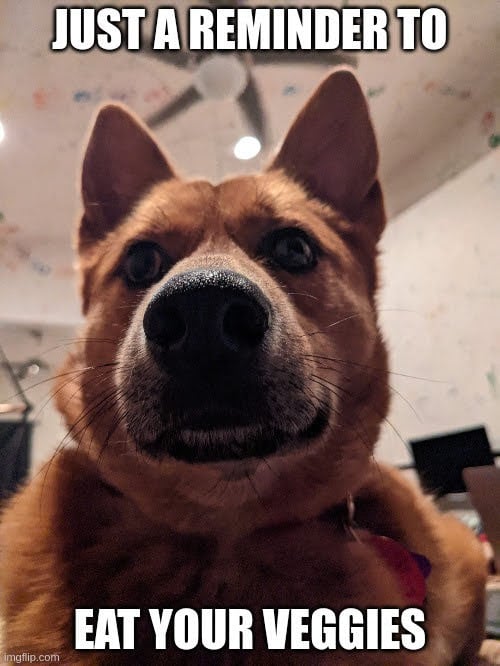

I hope so. I don’t want to manage two different address spaces in my head. I prefer if one standard is just the standard.


I hope so. I don’t want to manage two different address spaces in my head. I prefer if one standard is just the standard.
Display and layout rules aren’t difficult at all. Maybe I’m just not experienced enough. I’ve been a web dev for nearly a decade now and I feel like I’ve got the hang of it. That being said, I don’t work on projects that have to work on everything from a Nokia to an ultra wide monitor. We shoot for a few common sizes and hope it clears between edge cases nicely. What is an example of something that wraps randomly?
Genuinely, though, CSS is fairly clear cut about the rules of positioning and space. Relative positioning is one of the most important concepts to master since it allows things to flow via the HTML structure and not extra CSS. Fixed positioning is as if you had no relative container other than the window itself. Absolute positioning is a little weird, but it’s just like fixed positioning except within the nearest parent with relative positioning.
Everything else is incredibly straight forward. Padding adds space within a container. Margins add space outside a container. Color changes text color. Background-color changes the background color of an element.
Top, left, right, and bottom dictate where the element should be positioned after the default rules are applied. So if you have a relative div inside a parent which is half way down the page, top/right/left/bottom would move the element relative to it’s position within the parent. If you made the div fixed, it would be moved relative to the window.
Lastly, if you’re designing a webpage just think in boxes or rows and columns. HTML can define 75% of the webpage structure. Then with just a bit of CSS you can organize the content into rows/columns. That’s pretty much it. Most web pages boil down to simple boxes within boxes. It just requires reading and understanding but most people don’t want to do that to use CSS since it feels like it should just “know”.
As someone who has built QT, Swing, and JavaFx applications, I way prefer the separation of concerns that is afforded us via HTML JS and CSS.
We’ll never know.


Anything “salad” where the salad includes tuna, mayo, or egg. I can’t handle it. I don’t know why. Egg salad. Tuna salad. 🤢
I like salad. I like eggs. I like tuna somewhat. I like mayo somewhat. But any of those weird combinations make me sick.


Tell me where is Gandalf for I much desire to speak with him.
#moustache {
position: absolute;
bottom: 10px;
margin: 0 auto;
}
If that doesn’t work:
#moustache {
position: absolute;
bottom: 10px;
left: 50%;
transform: translateX(-50%);
}
Relative positioning is preferred but not always available if the parent face is positioned absolutely.
Edit: adjusted bottom from 0 -> 10px since 0 would be at the bottom of the chin but there is obviously some padding to bring it nearer the lip


That’s insane. Good info though. Thanks for the details! If I ever need a career switch, I’ll consider it lol


What starting jobs does your plant offer right now? Are they hiring? I’m not interested but I am wondering if your experience is colored at all by a different job market.
Did you have any experience prior to 3 years ago?


Plebs without sacks of coins 🙄


They’re doing their best! It’s not great, but it’s their best!


They probably have tutorials on their website. Most MVC frameworks have pretty decent guides.


My protip for sunflower seeds with the shell: get a jar/bottle with a smallish opening. Transfer the sunflower seeds to the jar/bottle. Then you can easily pour one at a time directly into your mouth. I have a cup for putting the shells in. It’s a great passive snack while working and I don’t need to get any of the dust on my hands from the shells (e.g. salt or flavor powder).


I’ve been recently eating sunflower seeds and I’m pretty happy with the calories, flavors, and cost.


Cause if you don’t forget your own stainless steel, you can’t be trained on proper defibrillator techniques?
People don’t like to admit that we are ants. We are valuable and important. Each one of us is unique and deserves a full, good, life. But we are also ants. We are susceptible to group think, mob behavior, and we tend to follow the scent trail most of the time. It’s not a bad thing. It’s tied to our evolutionary desire to be a part of a community; to fit in and blend in.
But it also means individuals are likely to do what keeps them alive. We are likely all bad in some way or another.
But as long as you aren’t, actively, willfully, or gleefully harming people, you’re probably ok.